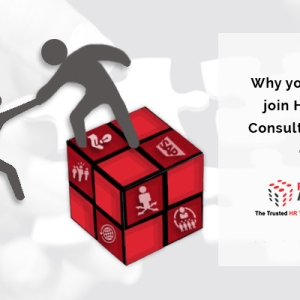Bizxpert through Six Thinking Hats of Edward Bono
BIZXPERT THROUGH THE SIX THINKING HATS
[authorblog]
[postsociallinks]

Edward Bono, an expert on study of how people think, developed the “six thinking hats”1 approach to allow individuals and group to attend to all parts of the problem. He took the “Let’s put on our analytical hats” analogy one step further and I intend to take it a little further towards out EMPOWER methodology.
During a typical implementation we do not realize what questions to ask at each step that will lead us in the right answers during the implementation. Through experience our consultants have learnt that each step needs to address specific questions and problems and often we forget this holistic approach in our race to the finish line. If we keep the hats analogy in mind while we approach the implementation, I believe that a lot of our implementation problems can be addressed and the process streamlined further. What this will also do is prepare the customers with right tools and questions to help their organization embrace the change.
The Six thinking Hats DeBono has identified are:
- White Hat: Deals with Facts Figures and Objective Information
- What’s the timeline?
- You missed a crucial piece of information in your analysis?
- Red Hat: Deals with Emotions and Feelings
- How do you feel about this approach?
- What Level 2 impact will it have on people on our team?
- Am I comfortable with this approach?
- Black Hat: Deals with Logical errors in thinking
- Have you thought through the implications of this on Timelines and Quality?
- You missed some important details in the second section of the proposal?
- Risk Management Plan?
- Yellow Hat: Deals with Positive Constructive thoughts
- I like this idea! What are the potential benefits if we take this approach?
- Can I bring in the Customer Delight with this approach?
- Green Hat: Deals with creativity and New ideas
- Here’s another angle we could take on this proposal.
- What other ways might we consider to build support for this idea?
- Blue Hat: Deals with control of other hats and thinking steps
- Now that we’ve looked at this using all the hats, what should we do next?
- What stands out to you, now that you’ve heard all the opinions and reactions?
- Let’s integrate the ideas into a coherent plan.
We suggest, do consider the Six Thinking Hats as a model to approach problem-solving, meetings and requirement gathering and do remember that always wear the Blue Hat last and learn from each experience.
|
BizXpert |
HATS |
| PREPARE: Very important to build customer trust, information gathering and plan the whole exercise. Crucial phase where the approach is discussed and designed. This is the phase where the interaction and communication has to be clear, consistent and frequent. | White Hat, , Black and Yellow and the Red Hat: Get the facts right and connect with the customers at an emotional level to build trust and confidence in the team. This will help get the approach Vetted as well as clarity of through for the consultants on the approach and configuration. This also helps provide the first insight into the product directly for the customer. |
| REALIZE: The Realization of the efforts that have gone into the previous phase. This is the phase where the thoughts will be translated into the tangible product and it’s important to make sure that “we are building the right thing” and in the “building it in the right way”. | Red, Black, Yellow and Green Hats. It is always important to maintain the trust and connect with the customer through the project in addition to helping them get the hands on feel of the product that will be their Change agent within the organization. While we have the approach decided in the previous step, invariably the customers would want changes as they see more and more of the product. Hence a clear mind and ability to think of alternative approaches and its implications well is important. Give most of your time for Yellow and Green so that creative ideas may be adopted bringing in possible customer delight as well. |
| VERIFY: Being the messenger of change to a select group of people, it is important to send across the message appropriately. The idea is to not just explain the project but also explain the reason behind the project and the effect it will have in the organization. | Red and Yellow Hats: It is important to stay connected at the emotional level as well as be a advocate of the ideas that were put into the product. At this stage it is also important to get the Blue hat going at all times, as you would want to listen to the opinion and reactions and bring it all into a coherent plan. This is the major takeaway point within the project life cycle. |
| LAUNCH: Get the ball of Change rolling | Blue Hat all the way. At the end of each project it is important to look back and learn. Customers are your best teachers and at the end of each implementation put on your blue thinking hat on and look into the next steps, what were the takeaways, what were the areas of improvement, what were the opinions and reactions and how do I incorporate those best practices into my other projects and help other customers. |
This is our humble attempt to put the theories into practice and an attempt to adopt the research methodologies and findings in our day to day project approach. Though it may not be a one approach fit all option, but we hope that the above hats and the questions they try to address will help bring about positive effect on our projects.
Further Reading: Edward DeBono’s Book, Six Thinking Hats | Rick Maurer’s, Change without Migranes™ | www.rickmaurer.com | www.askaboutchange.com[likeblogpostbutton] [sharethisbuttons]







